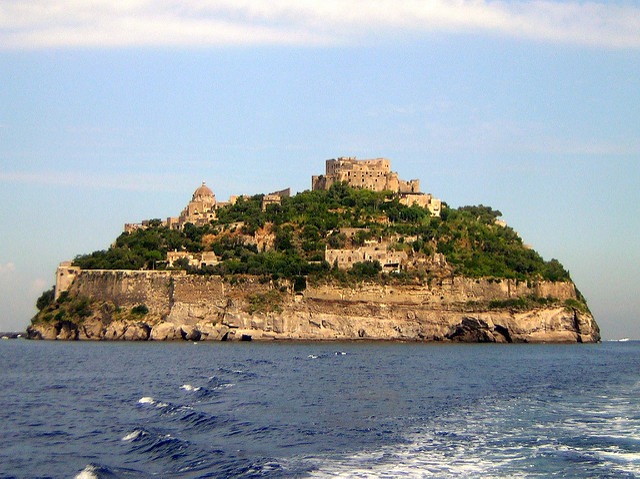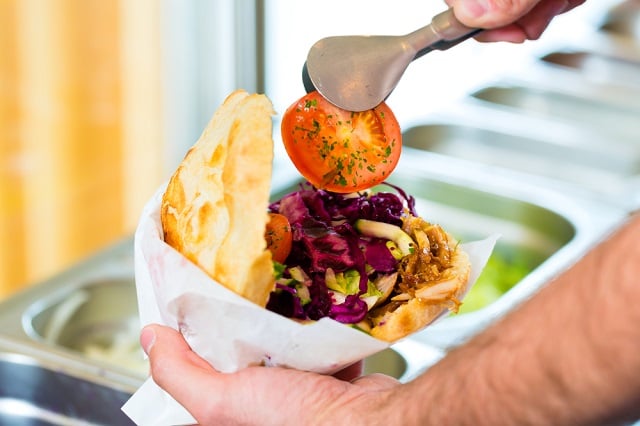“It is urgent to fight degradation in the city, considering that Venice is a Unesco World Heritage Site,” councillor Francesca Da Villa, who proposed the measures, told The Local.
“There are tourists who eat wherever they are, and there's a general sense of a lack of care for the city. For some time, there have been photos circulating of packaging and food waste left along the streets.”
The new legislation applies to kebab shops, fast food outlets, and kiosks selling pizza by the slice, all of which have been ruled “incompatible” with the city's cultural heritage.
In fact, only gelaterias will be allowed to set up shop. Da Villa noted that “in general, gelato is created through artisanal methods, so they are worthy of protection.”
Businesses which have already set up shop will be allowed to stay open, but Da Villa said they would be subject to “a reorganization of regulations”.
She said that deregulation of food and drinks businesses in Venice over the past few decades has put the environment and “historical fabric” of the lagoon city at risk, as well as its “authentic identity”.
The move came just days after Venice's council unveiled a raft of new measures aimed at limiting tourist numbers in the crowded city.
These included the installation of people-counters at some of the most popular sites, tourist maps aimed at highlighting lesser-explored areas, and more police officers on patrol to tackle unruly behaviour.
Venice's tourism woes
Tension between locals and visitors to the canal-lined city has been brewing for years.
Mayor Luigi Brugnaro has made it a priority since his election in 2015 to crack down on the tourism industry – and the mission seems to have the full support of residents. Last summer, flyers appeared across the city with a clear message from frustrated locals: “Tourists go away!!! You are destroying this area!”
In April 2016, the city introduced a 'locals-first' policy for its water buses, with two different queues for residents and tourists. The large cruise ships which dock in the Venetian lagoon have also come under fire; although the biggest boats are officially banned, locals say not enough is done to keep out the polluting ships.
Other European beauty spots have come under strain from excessive tourism. Italy's Culture Ministry told The Local last year that it was working on a plan to resolve the issue of overcrowding in several popular cities and towns, including Venice.
And in January, Barcelona passed a law regulating the amount of tourist accommodation in the Spanish city in an effort to ease the strain.
With reporting by Caterina Zita
READ ALSO: Five crowd-free alternatives to Italy's tourist hotspots
The island of Ischia. Photo: Renzo Ferrante/Flickr




 Please whitelist us to continue reading.
Please whitelist us to continue reading.
Member comments